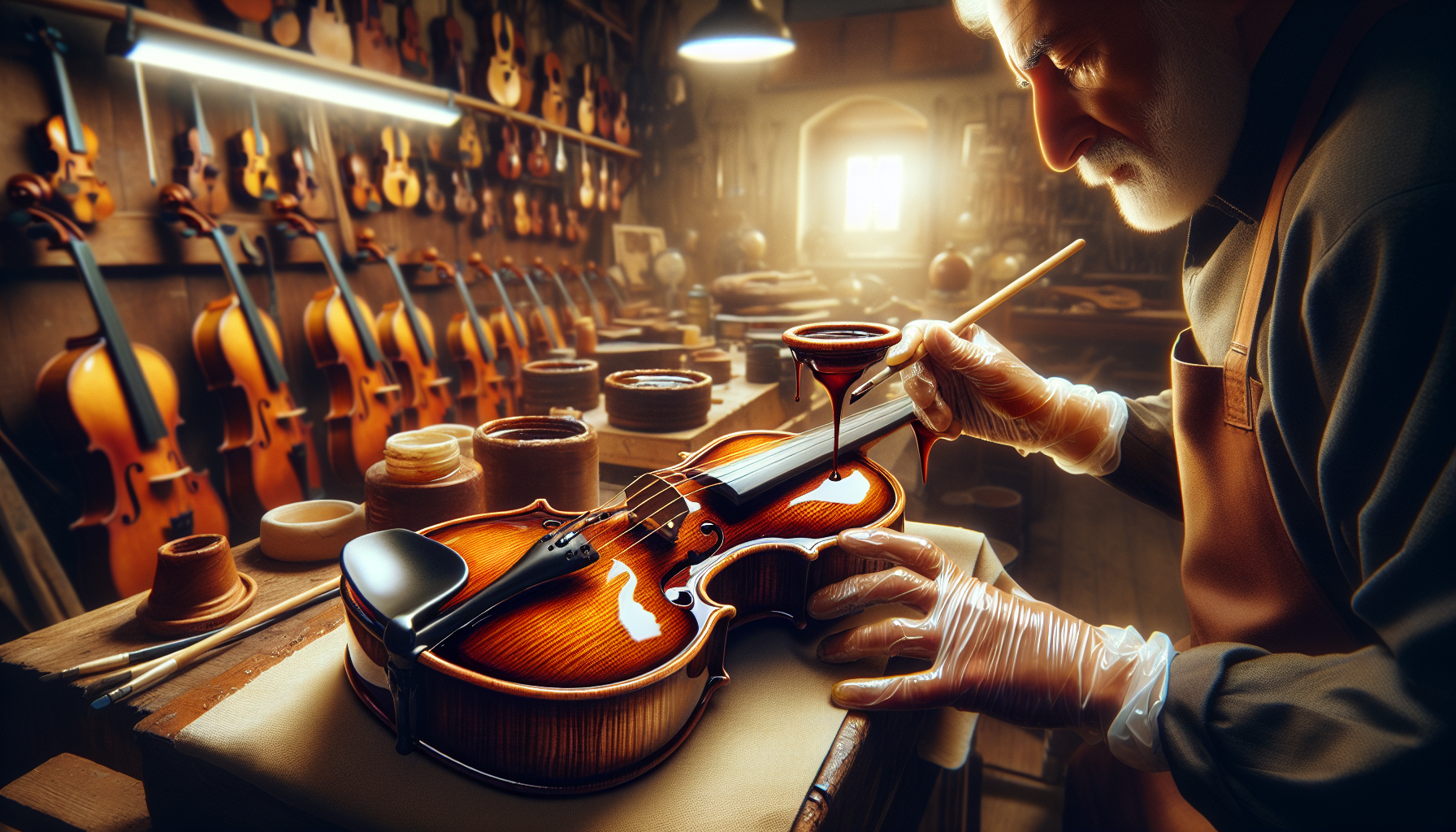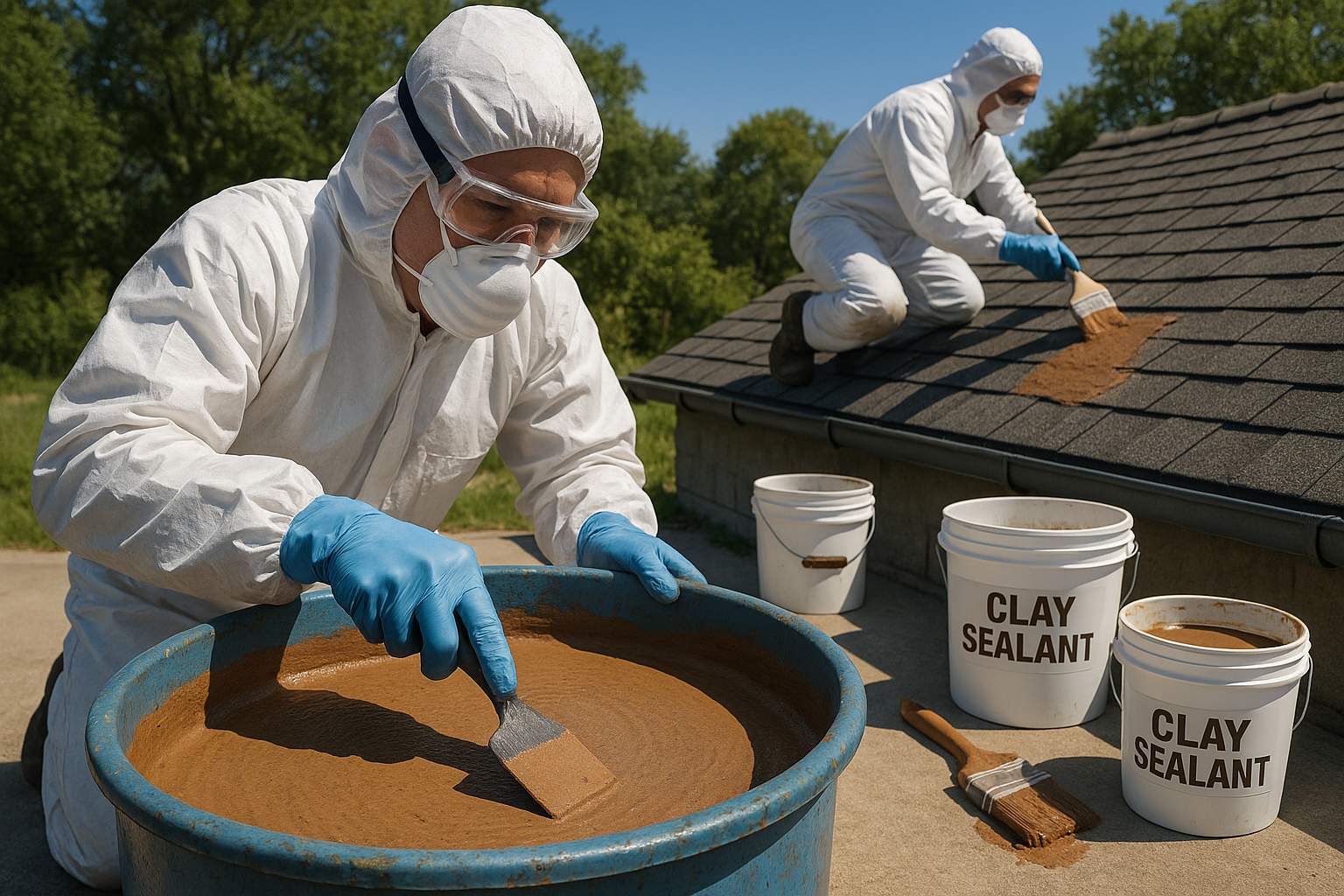Music is a universal language that transcends borders, cultures, and even time itself. Whether it’s the haunting notes of a violin, the soulful strum of a guitar, or the crisp resonance of a piano key, musical instruments have the unique power to evoke emotions and create connections. But what happens when these beloved instruments, the very vessels of our musical expression, begin to show signs of wear and tear? Cracks, chips, and breaks are all too common in the life of an instrument, and they can drastically affect the sound quality and performance. Enter the world of resin repairs—a modern, innovative solution that is breathing new life into musical instruments and restoring their flawless performance. 🎶
In this comprehensive guide, we will delve into the fascinating process of enhancing musical instruments with resin repairs. This isn’t just about fixing what’s broken; it’s about reviving the very soul of the instrument. We will explore the types of damages that can be effectively repaired with resin, and why this material is increasingly becoming the go-to choice for musicians and repair professionals alike. From its versatility and durability to its aesthetic appeal, resin offers a range of benefits that traditional repair methods simply can’t match. Additionally, we’ll discuss the step-by-step process of a resin repair, providing insights into both the art and science behind it.
As we journey through this topic, we’ll also spotlight real-life success stories where resin repairs have transformed damaged instruments into masterpieces. Whether you’re a seasoned musician, a budding artist, or simply a music enthusiast, understanding the potential of resin repairs can open up new avenues for preserving and enhancing the musical instruments you cherish. So, grab your favorite instrument and get ready to discover how resin can not only restore its former glory but also enhance its sound quality and longevity, ensuring that your music continues to captivate audiences for years to come. 🎻🎸
The Role of Resin in Musical Instrument Repair
Musical instruments are delicate creations, often composed of materials that can suffer from wear and tear over time. Whether it’s a guitar, violin, or drum, every instrument requires maintenance to preserve its sound quality and longevity. One of the most innovative methods in modern repair techniques involves the use of resin. This versatile material is renowned for its ability to restore the structural integrity and aesthetic appeal of musical instruments, ensuring a flawless performance.
Resin is a synthetic compound that mimics the natural resins found in trees. Its strong adhesive properties make it an ideal candidate for repairing cracks and gaps in wooden instruments. Additionally, resin can be used to enhance the visual appeal of an instrument through the creation of unique designs and finishes. From fixing a small chip on a guitar neck to restoring the entire body of a cello, resin has revolutionized the repair process, providing musicians with a reliable solution to keep their instruments in top-notch condition.
Benefits of Resin Repairs for Musical Instruments
There are several compelling reasons why resin has become a preferred choice for repairing musical instruments. One of the foremost benefits is its ability to provide a seamless repair that does not compromise the sound quality of the instrument. Unlike other repair materials, resin can be carefully applied to maintain the acoustics of an instrument. This is especially important for string instruments like violins and cellos, where the sound is highly dependent on the body’s resonance.
Another benefit is the efficiency and speed of the repair process when using resin. Traditional methods of repair might require extensive drying times or even the disassembly of the instrument, but resin repairs can often be completed quickly and without invasive procedures. This allows musicians to get back to playing sooner, with minimal disruption to their practice or performance schedules.
Furthermore, resin repairs can extend the life of an instrument significantly. By filling in cracks and strengthening weakened areas, resin prevents further deterioration that could eventually render an instrument unplayable. For professional musicians and collectors, this means preserving the value and functionality of their instruments for many years to come.
Comparative Table: Traditional vs. Resin Repairs
| Aspect | Traditional Repairs | Resin Repairs |
|---|---|---|
| Time Required | Several days to weeks | Hours to a few days |
| Durability | Moderate | High |
| Impact on Sound | Potential alteration | Minimal impact |
| Aesthetic Match | Varies | Seamless |
| Cost | Varies by complexity | Generally more affordable |
Check out the table above to understand the differences between traditional and resin repairs. As you can see, resin repairs offer a compelling advantage in terms of time, durability, and sound preservation, making them a preferred choice for many musicians.
Practical Applications and Techniques
The process of using resin in musical instrument repair is both an art and a science. Skilled technicians must understand the properties of resin and how it interacts with different materials. One popular application is in the repair of string instruments, where resin can fill in cracks on the body, ensuring that the soundboard retains its acoustic properties.
For woodwind instruments, resin is often used to address issues with keys and pads. The flexibility of resin allows it to form seals and bonds that maintain the integrity of these crucial components. In brass instruments, resin can be used to coat and protect the inner surfaces, preventing corrosion and ensuring smooth airflow.
Perhaps one of the most visually striking applications of resin is in the creation of custom finishes and inlays. By combining resin with pigments and dyes, luthiers can craft stunning visual effects that not only enhance the appearance of an instrument but also provide a protective layer. This technique is often seen in custom guitars and drums, where the aesthetic appeal is as important as the sound quality.
- Seamless Crack Repairs
- Custom Finishes and Inlays
- Protective Coatings for Durability
YouTube Video: Learn More About Resin Repairs
If you are interested in seeing the process in action, be sure to watch the following video: Enhancing Musical Instruments with Resin – DIY Tutorial by MusicRepairShop. This video provides a detailed look at how resin can be used in various repair scenarios, offering valuable insights for both musicians and repair enthusiasts.
The Future of Instrument Repair with Resin
As technology continues to advance, the use of resin in musical instrument repair is likely to become even more widespread. Innovations in resin formulations are constantly emerging, offering improved properties such as increased flexibility, faster curing times, and enhanced adhesion. These advancements will further solidify resin’s position as a leading material for instrument repair.
Furthermore, as musicians and technicians become more aware of the benefits of resin repairs, we can expect to see a broader adoption of these techniques across all types of instruments. This will not only improve the longevity and performance of musical instruments but also allow for more creative and artistic expression through custom designs and finishes.
In conclusion, the integration of resin into musical instrument repair has opened up new possibilities for musicians and repair technicians alike. With its versatility, durability, and aesthetic appeal, resin has become an invaluable tool in ensuring that musical instruments continue to produce beautiful sounds for generations to come. Whether you’re a professional musician, a hobbyist, or a repair technician, understanding and utilizing resin repairs can enhance your experience and appreciation of musical instruments.

Conclusion
Reviving and enhancing musical instruments with resin repairs is an art that combines science, craftsmanship, and a profound appreciation for music. Throughout this article, we’ve explored the transformative power of resin in breathing new life into damaged instruments, ensuring they continue to produce beautiful melodies. From understanding the different types of resins available to mastering the techniques for effective application, every step in the repair process is crucial for achieving a flawless performance.
One of the key points highlighted is the versatility of resin as a repair material. Whether it’s fixing cracks in wooden bodies, filling gaps in string instruments, or reinforcing the structure of wind instruments, resin offers a durable and aesthetically pleasing solution. Its ability to bond with various materials makes it an indispensable tool in the hands of skilled repair technicians. The adaptability of resin ensures that instruments not only regain their original functionality but also improve in sound quality and longevity.
Moreover, the process of resin repair demands a deep understanding of each instrument’s unique characteristics. This requires the repair technician to possess a keen ear and an artistic eye, ensuring that the repairs do not alter the instrument’s original tone and resonance. Attention to detail and precision are paramount, as even the slightest misstep can affect the overall sound quality. By marrying technical skill with artistic intuition, the repair process becomes a harmonious blend of science and art.
The environmental benefits of using resin repairs cannot be overlooked. In a world where sustainability is becoming increasingly important, repairing instruments with resin is a responsible choice. By extending the life of instruments, we reduce waste and minimize the demand for new materials. This practice not only conserves resources but also allows musicians to preserve instruments that hold sentimental value, creating a connection between the past and present.
The economic advantages of opting for resin repairs are significant. For musicians and collectors alike, investing in resin repairs is a cost-effective way to maintain and enhance the value of their instruments. Instead of replacing damaged instruments, resin repairs offer a sustainable and affordable alternative that ensures instruments remain in peak condition, ready to produce exceptional sound.
As we conclude this exploration into the world of resin repairs, it is important to recognize the dedication and skill of the artisans who perform these repairs. Their passion for music and commitment to excellence drive the innovation and techniques that continue to evolve in this field. By choosing resin repairs, musicians are not only restoring their instruments but also supporting a community of craftsmen who dedicate their lives to preserving musical heritage.
In light of these insights, we encourage you to share your thoughts and experiences with resin repairs. Whether you’re a musician, a repair technician, or simply an enthusiast, your perspective enriches the conversation. Share this article with fellow music lovers and consider how you might apply these techniques to your own instruments. By spreading knowledge and fostering a community of learning, we can continue to elevate the art of resin repairs and ensure that every note played is as perfect as the musician intended. 🎵
For further exploration and resources on resin repairs, you can visit The Violin Site, a reputable source for information on instrument care and maintenance. Additionally, Fine Woodworking offers insights into the craftsmanship involved in woodworking and repairs, providing valuable techniques that can be applied to musical instrument restoration.
In conclusion, the journey of reviving your sound through resin repairs is one of dedication, artistry, and innovation. Embrace this path to enhance your musical experience and ensure that your instruments continue to inspire and captivate audiences for generations to come. 🎻✨




